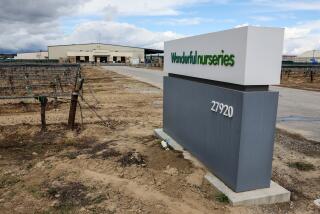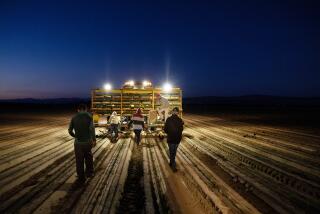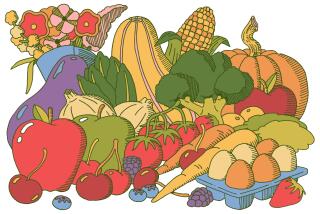From the Archives: 1933 farm workers paid with food
As it did everywhere, unemployment skyrocketed in Los Angeles County with the arrival of the Great Depression. Because farmers could not afford to hire workers to harvest their crops, food spoiled in the fields while families went hungry. Both the unemployed and the farmers benefited from a cooperative setup.
In a Jan. 15, 1933, article, Los Angeles Times reporter Harold M. Finley explained:
::
Henry, newest recruit of Unemployed Co-operative Relief Association Unit No. 1, was finishing his first morning’s work in the field. That sounds kind of large, but this happened to be a carrot field. Henry’s back was just about busted. A carrot doesn’t weigh much, but a sack of them — oh, boy! …
They were working for a Japanese farmer, cleaning up a crop that was just laying there. The grower couldn’t afford to hire men to harvest it with prices all shot to pieces as there were. It seemed like a good bet all around. The farmer had his crop harvested for him and the “boys” got a share for their labor. With his overhead cut down that way, the farmer could sell his stuff for a little profit. The boys’ share went to the warehouse to be pooled in with produce from other fields all around the district. Everything was on the shares basis — labor for vegetables. And every unit member was entitled to his “dig” into the common store.
::
The above photo was published with Finley’s article.
For more on 1930s cooperatives, check out this University of California Agriculture and Natural Resources blog post.
This post was originally published on Oct. 7, 2011.
See more from the Los Angeles Times archives here


